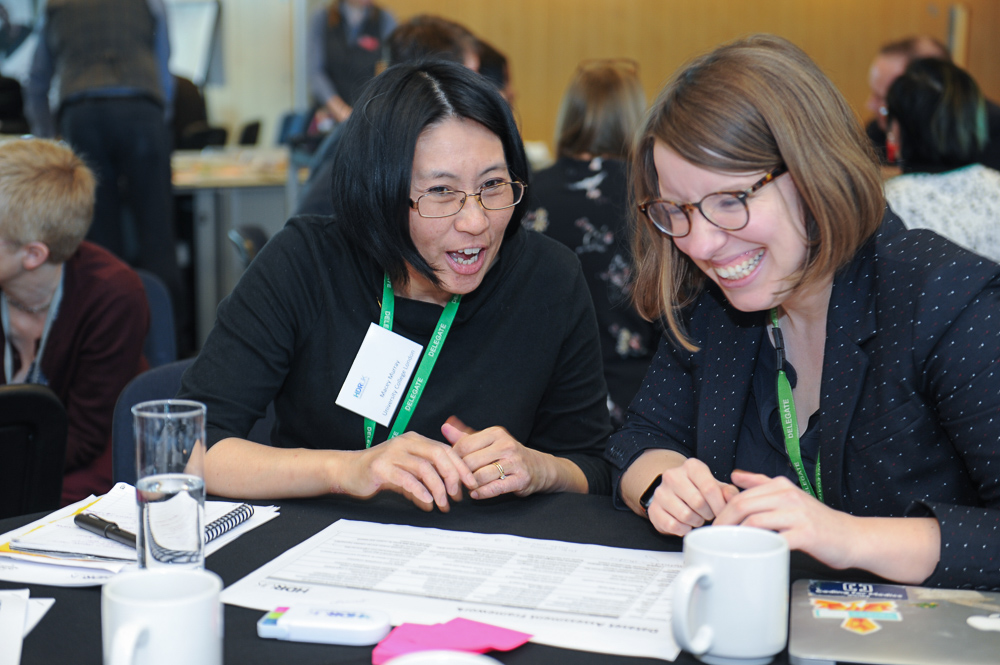Our Open Access Publication of the Month – March 2021
25 March 2021 | Author: Elliot McClenaghan, Research Fellow in Epidemiology, London School of Hygiene and Tropical Medicine (LSHTM)
In this month’s review of published papers, the Early Career Committee considered dozens of articles made open access this month. They were ranked against core pillars of the HDR UK ethos: research quality, team science, scale, open science, patient and public involvement, impact and equality, diversity and inclusion.
The winners
- “The impact of local and national restrictions in response to COVID-19 on social contacts in England: a longitudinal natural experiment” – Co-authored by Jarvis et al
- “The effectiveness of social bubbles as part of a COVID-19 lockdown exit strategy, a modelling study” – Co-authored by Leng et al.
The review
Both of our co-winners this month tackled research questions relating the effects of non-pharmaceutical interventions (NPIs) against the COVID-19 pandemic in the UK. Jarvis et al aimed to evaluate the imposition of various local and national measures to reduce the spread of COVID-19 in the summer and autumn of 2020. They used a national survey to report on person-to-person contact before and after each restriction was imposed, to estimate whether and to what extent the measures had any effect. They found that the impact of the measures was mixed, in that the “Rule of Six” led to modest reductions in contacts, the working from home directive lead to larger reductions, and early closure of pubs and restaurants had little to no effect. The Tier system was most effective in people in Tier 3 (most stringent) and less so in Tier 1 and 2 (less restrictions).
On the other hand, Leng et al assessed the impact of social bubbling, wherein two households form an exclusive pair, as a strategy for exiting lockdown. Their methods also differed from the other paper – they analysed a synthetic population similar to the UK and used mathematical modelling to estimate the effects of social bubbling on transmission of COVID-19 and fatalities. Leng et al concluded that social bubbling was an effective way of reducing transmission of COVID-19, especially in at-risk populations and when complemented with wider social distancing policies.
Policies enacted to mitigate the spread of COVID-19 have had wide-ranging and profound effects on the public in the UK and across the world. It is imperative that these policies are evaluated for their impact and to inform future decisions on strategies for exiting the pandemic in a way that allows the public to return to normal life, preserving mental health and economic consequences while also minimising risk of resurgence of COVID-19 cases. In this sense, both Jarvis et al and Leng et al represent a high level of impact to the public in that they likely have been or will be used to plan ongoing and future policies.
Jarvis et al combined data from English participants in the UK CoMix survey, an online survey wherein participants report details of all their direct contacts, and information on local and national lockdowns. Leng et al used a synthetic population sampled from 2011 UK census data. Datasets for both papers are publicly available.
The committee scored both these papers highly in our open science criteria, as both teams made their data and code publicly available on GitHub to allow for reproducibility. Moreover, methods in both papers were clearly and unambiguously specified, which further increased reproducibility as well as interpretability of the work. We judged the quality of both these papers to be high. In particular, we praise Jarvis et al for their excellent use of clear and informative data visualisations and graphs to display their key results. A strength in Leng et al was their transparent and concise presentation of the technical aspects of their modelling, in that they specify all key model parameters and assumptions. Both papers also scored highly in their scale and their potential for important real-world impact.
Further information:
HDR UK is acknowledged in both papers as a source of funding.
One year on from the imposition of the first national COVID-19 lockdown, and as the UK progresses towards an exit strategy from the pandemic, the committee are delighted to champion two examples of the excellent and crucial research produced by the health data community in the UK used by policy-makers to navigate the COVID-19 crisis.



